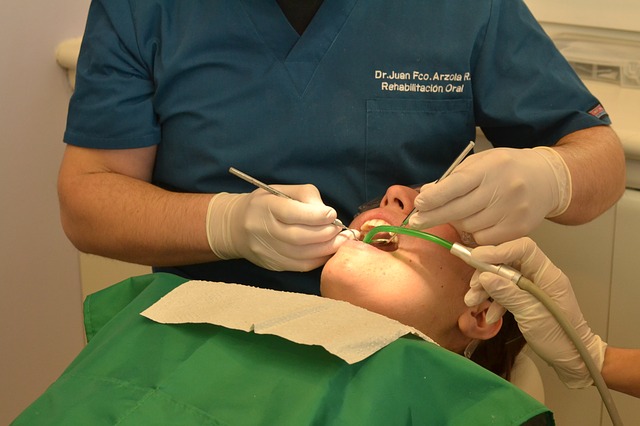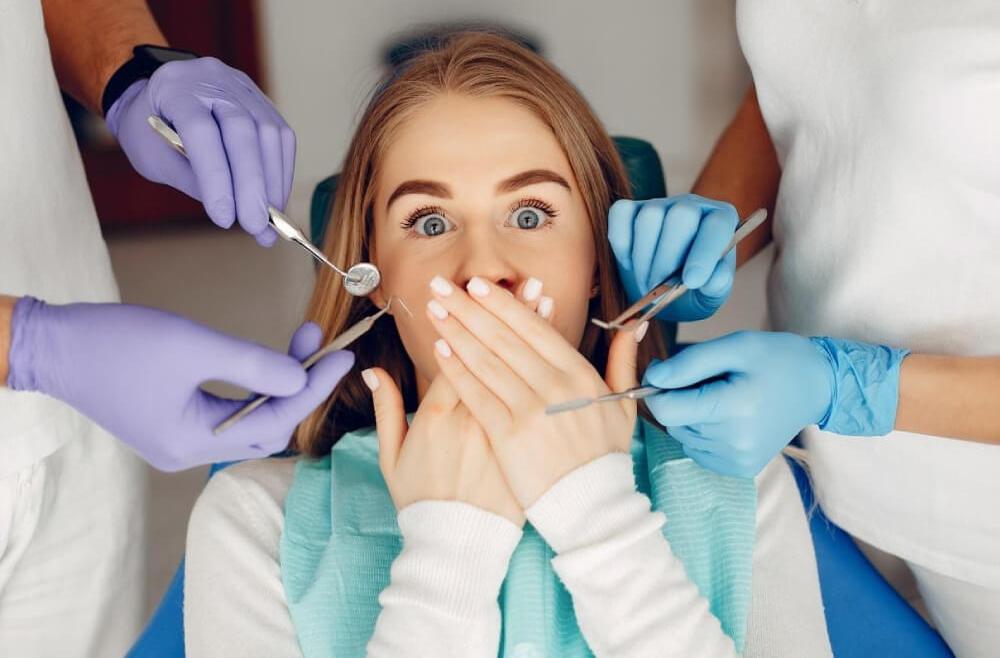Teeth in an arch that are either misplaced or crowded not only destroy your facial appearance but also deteriorate the functionality to a major extent. Timing is everything – even when it comes to your child’s orthodontic treatment. “Early” treatment, also called “interceptive” treatment, means treatment that is performed while some baby teeth are still present.
The American Association of Orthodontists (AAO) recommends that your child’s first check-up with an orthodontist be performed when an orthodontic problem is first recognized, but no later than age 7. Why age 7? By then, your child has enough permanent teeth for an orthodontist to evaluate the developing teeth and the jaws, which in turn can provide a wealth of information whether there is a requirement for immediate treatment or might require one in the future.
Malaligned teeth in children simply don’t mean that they have to undergo orthodontic treatment. It would be wise to get it checked rather draw a conclusion which might not be always true.
While there are many orthodontic problems that orthodontists agree are best treated after all permanent teeth have come in, early treatment can be in a patient’s best interests if their problem is one that could become more serious over time if left untreated. The goal of early treatment is to intercept the developing problem, eliminate the cause, guide the growth of facial and jawbones, and provide adequate space for incoming permanent teeth. A patient may require a second course of treatment after all permanent teeth have come in to move those teeth into their best positions.




